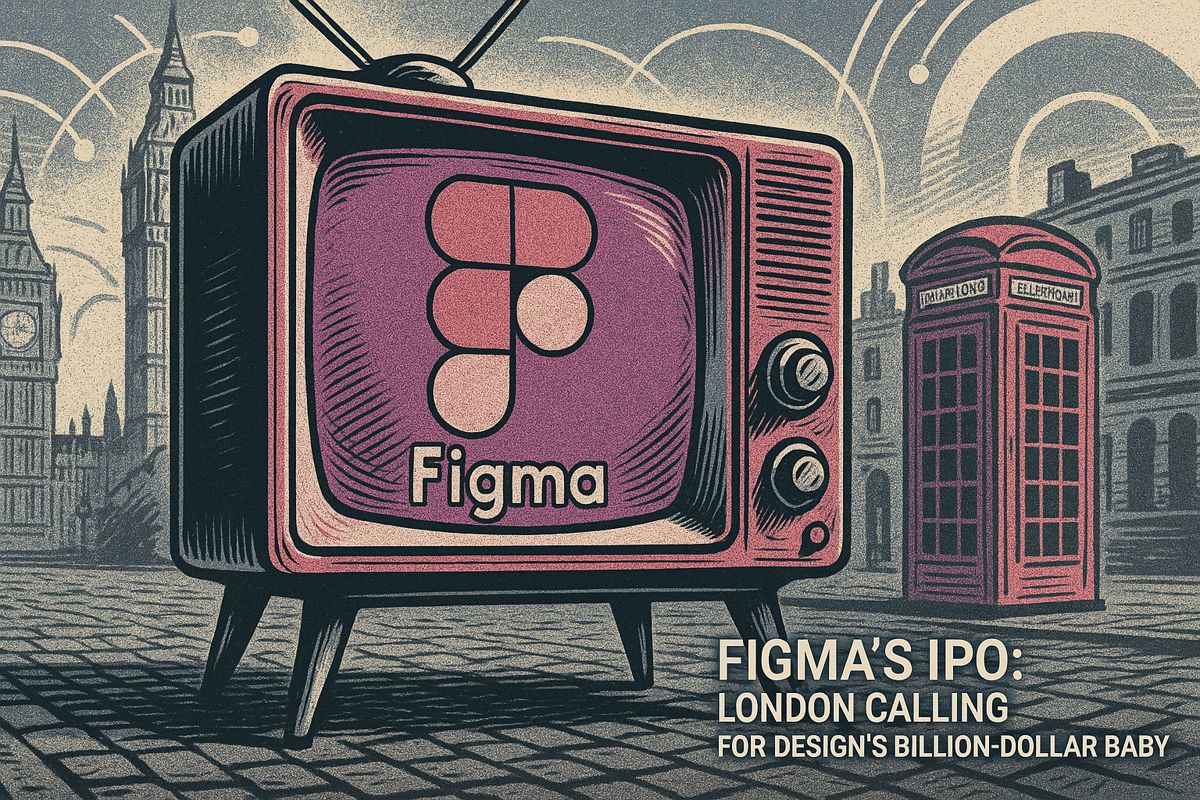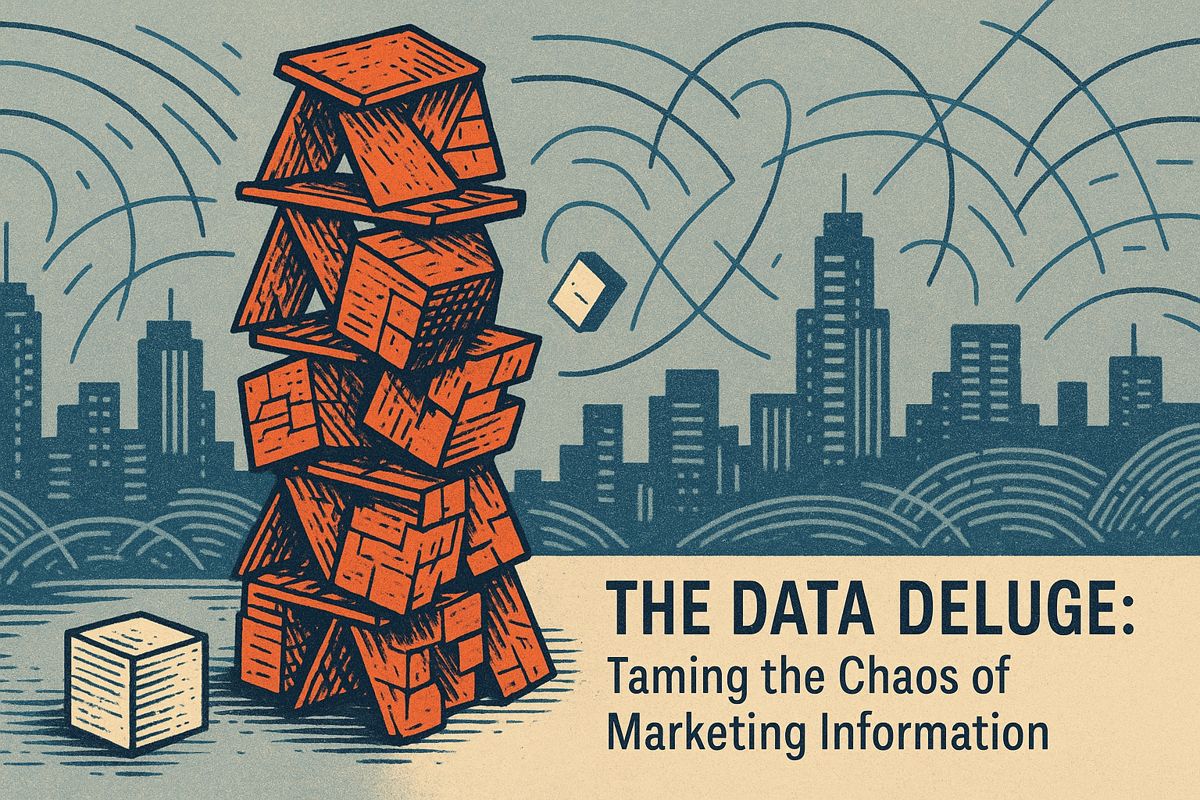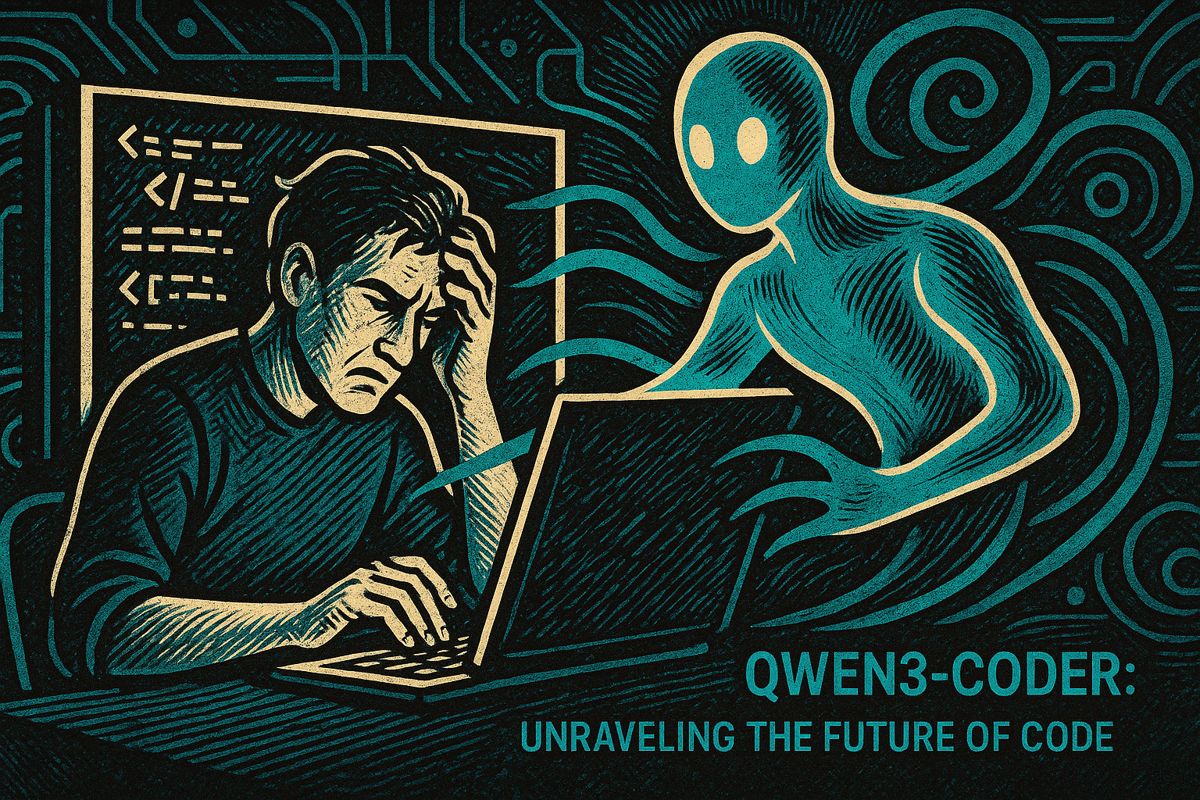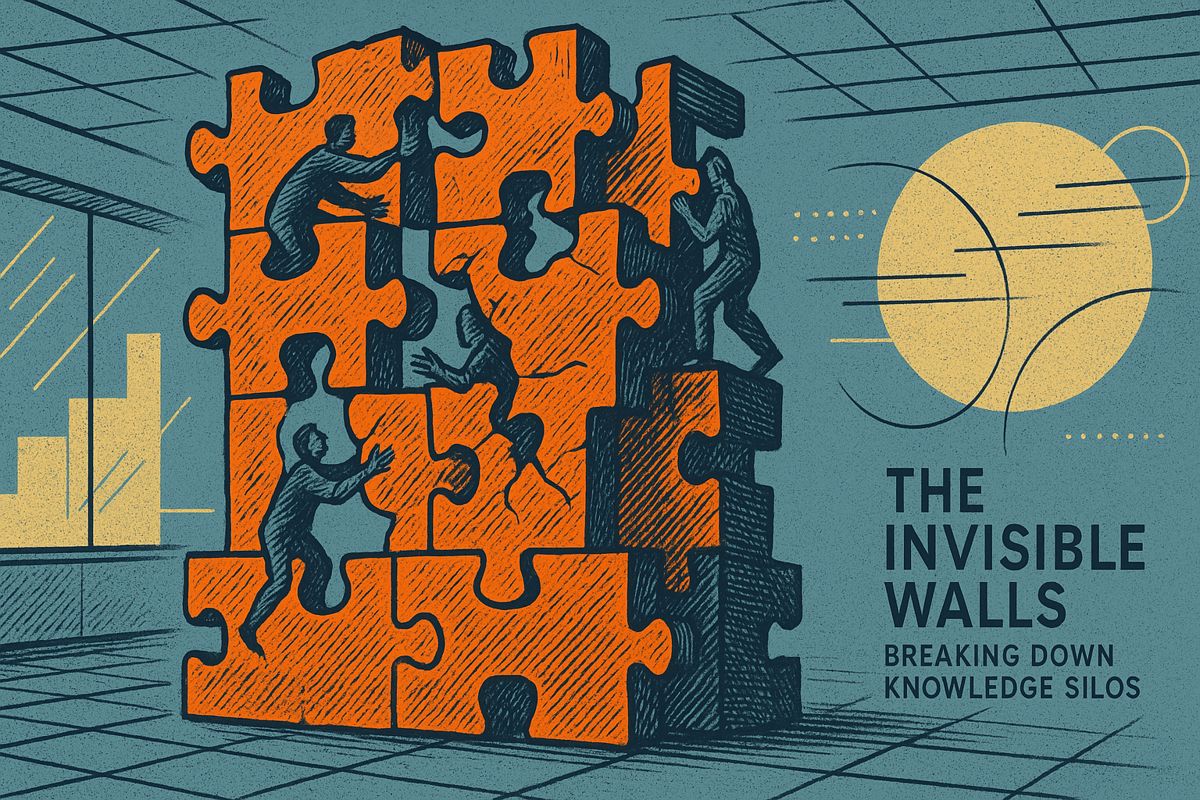Figma, the magical design tool that changed how we create, is now a huge public company, aiming to raise nearly a billion dollars! It made design feel like teleportation, letting teams work together seamlessly in the browser. Even Adobe tried to buy them for a massive sum, but regulators said no, letting Figma stay independent and soar. With millions of users and exploding growth, Figma has truly become a titan in the design world, showing the power of teamwork and innovation.
What is the significance of Figma’s IPO?
Figma’s IPO marks its transition from a browser-based design tool to a major public company, aiming to raise nearly $1 billion at a $16.4 billion valuation. This move underscores its influential market position, with over four million users and a significant share of the design software market, demonstrating its explosive growth and collaborative impact.
The Moment Figma Took Center Stage
Every IPO season, the financial headlines crackle with a contagious jitter—hope and skepticism colliding like flint and steel. Figma’s recent leap into public markets brought that familiar electricity. My mind wandered back to a night in 2020: a blue glow on my monitor, a teammate’s cursor flickering to life, a design sprint that stretched until birds started singing outside my window. That first taste of Figma’s multiplayer power? It was like discovering teleportation, only in pixels.
I’m reminded of Am, a freelance UI designer in Bangkok, who once messaged me: “If Figma ever crashes, I’m retiring to the beach.” His career, built one real-time brainstorm at a time, became a testament to Figma’s quiet omnipresence. For Am—and, dare I say, tens of thousands—the gentle tap of keyboard keys in Figma is as routine as the morning’s first coffee, maybe even more essential.
Let’s be honest. Figma’s browser-based collaboration didn’t just change workflows; it changed mindsets. The company became the digital agora for designers, product leads, and developers alike. Sometimes I wonder: can the market measure that kind of impact?
By the Numbers: Growth, Control, and a Brush with Adobe
Now, the facts. Figma’s IPO roadshow just dropped, with 36 million Class A shares up for grabs at $25–$28 apiece. If momentum holds, the company could scoop up nearly $1 billion, clocking in at a $16.4 billion valuation. Numbers like that—well, they sound almost illustrative, but they’re not. They’re real, and they ripple through the SaaS sector like a stone skipping across a still pond.
Take the dual-class share structure. Dylan Field, Figma’s CEO (whose focus is as sharp as a hawk spotting prey), holds roughly 74% of voting power. I’ll admit, I used to side-eye these founder-heavy setups—wasn’t Zuckerberg’s iron grip enough of a warning? Yet, there’s logic: vision needs protection, especially when you’re upending traditions older than Zoom.
Adobe’s failed $20 billion courtship in 2023? It turned out to be a plot twist worthy of The Wall Street Journal. Regulators from the EU and US called time, fearing a monopoly. The result: Figma got to keep its independent streak, and Adobe retired to lick its wounds in San Jose (I can almost hear a distant “thud” as the deal collapsed).
Meteoric Stats and the Market’s Appetite
Revenue? In 2018, Figma posted $4 million. By 2025, projections hit $821 million. That curve isn’t just steep—it’s a Himalaya, daunting and exhilarating. Over four million users now navigate Figma’s digital corridors, with India, the UK, and the US leading the way. I’m struck by how 44% of Figma’s customer base are small businesses; accessibility isn’t just a footnote, it’s baked into the company’s DNA.
Securing a 40.65% chunk of the global design software market, Figma’s dominance is less a gentle tide and more a tidal wave. The company counts luminaries like Microsoft and GitHub among its top clients—the sort of client list that makes competitors sweat. Who wouldn’t want that roster on their deck?
Meanwhile, the design software market itself is sprinting: $1.1 billion in 2022, forecast to balloon to $4 billion by 2028, according to Gartner. The pandemic, with its relentless push online, turbocharged adoption. Seventy-six percent of designers now lean on cloud collaboration tools. Isn’t it odd how a tiny virus accomplished more in two years than a decade of glossy SaaS marketing could?
Culture, Compensation, and the Human Factor
Let’s talk about life behind the login screen. Figma enjoys sky-high employee goodwill—94% positive on culture, CEO approval at 90%. That’s not just internal PR, either. The average salary sits at $130,000, with executives glancing at $720,000. Sometimes I scroll those comp sheets and feel a pang of envy—just a twinge. (Who doesn’t?)
Yet, it’s more than a paycheck. Company culture, as ephemeral as the hum of a crowded office or the muted clack of keys on a Monday morning, matters. I once doubted whether remote-first teams could feel as tight-knit as their in-person counterparts. Figma proved me wrong—and maybe that’s the most impressive stat of all.
So here we are. Figma, that collaborative juggernaut, stands before Wall Street’s floodlights. Somewhere between the thrill of public scrutiny and the gravity of its mission, one can almost sense the collective inhale of design teams everywhere. Will the next chapter live up to this one? Only time (and perhaps a little luck) will tell…



















